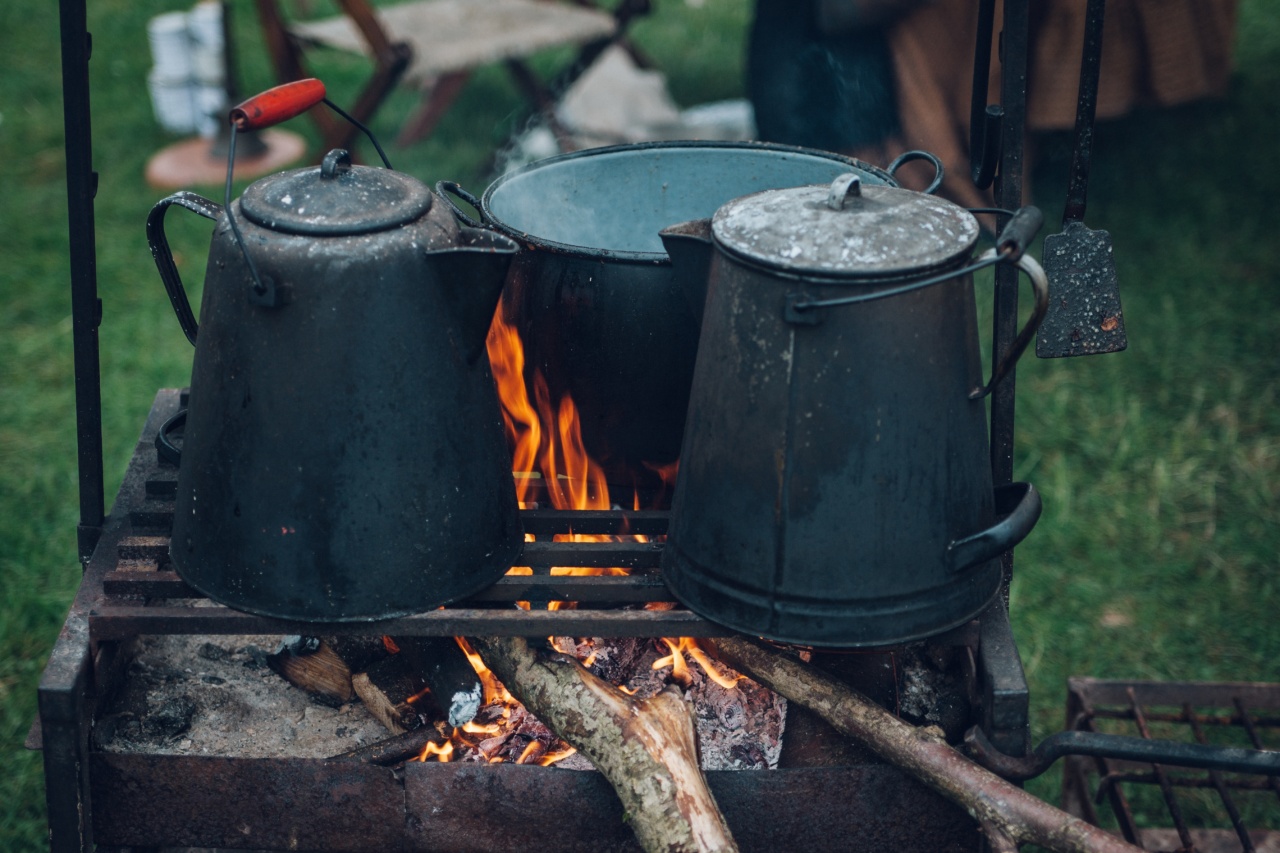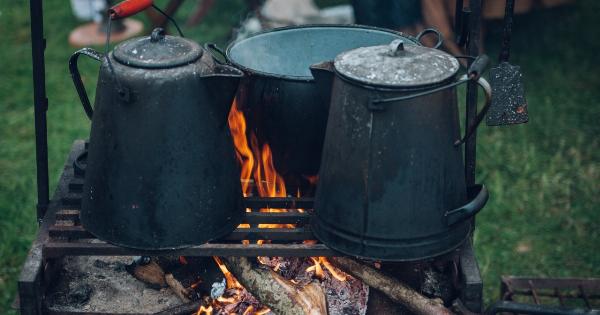Iron is a vital mineral that plays a crucial role in numerous bodily functions including oxygen transportation, energy production, and DNA synthesis. It is essential for maintaining overall health and preventing iron deficiency anemia.
However, not all iron sources are equally well-absorbed by the body. To maximize your iron intake, it is essential to know which foods to combine for optimal absorption. By strategically pairing certain foods together, you can enhance iron absorption and ensure that your body is receiving the nutrients it needs.
The Basics of Iron Absorption
Before diving into the foods that promote iron absorption, it is important to understand the basics of iron absorption in the body. Iron comes in two main forms: heme iron and non-heme iron.
Heme iron is derived from animal sources and is generally more easily absorbed by the body. Non-heme iron, on the other hand, is found in plant-based foods and is less readily absorbed. To enhance non-heme iron absorption, it is crucial to consume it alongside certain nutrients that can enhance its uptake.
Vitamin C: An Iron-Absorption Superstar
Vitamin C is a powerful enhancer of non-heme iron absorption. Consuming foods rich in vitamin C together with iron-rich plant-based sources can significantly increase iron absorption.
Citrus fruits such as oranges, grapefruits, and lemons are excellent sources of vitamin C. Additionally, vegetables like bell peppers, broccoli, and kale are packed with this nutrient.
By adding a squeeze of lemon juice to your iron-rich salad or enjoying a glass of freshly squeezed orange juice with your spinach stir-fry, you can optimize iron absorption.
Fermented Foods for Iron Absorption
Fermented foods are known for their beneficial probiotic content, but they can also enhance iron absorption. Fermentation alters the chemical structure of certain foods, making the iron more bioavailable for your body to absorb.
Some iron-rich fermented foods include sauerkraut, kimchi, tempeh, and miso. Incorporating these fermented foods into your diet can increase iron absorption while also providing gut-friendly bacteria.
Pairing Meat with Plant-Based Sources
If you consume meat, consider pairing it with plant-based sources of iron. As mentioned earlier, heme iron from animal sources is more easily absorbed by the body. By combining heme iron with non-heme iron sources, you can improve overall iron absorption.
For example, enjoying a steak salad with spinach and tomatoes or adding chicken strips to a lentil curry can enhance the absorption of iron from both the animal and plant-based sources.
Iron-Rich Legumes with Vitamin C-Rich Foods
Legumes are an excellent plant-based source of iron, but their non-heme iron content can benefit from an extra boost. Therefore, combining legumes with vitamin C-rich foods is a great way to optimize iron absorption.
Chickpeas, lentils, and kidney beans are all legumes with notable iron content. Pairing these with vegetables like bell peppers, tomatoes, and citrus fruits can help ensure that your body maximizes iron absorption from these nutrient-dense legumes.
The Benefits of Cooking in Cast Iron
Cooking in cast iron pans can provide a natural and easy way to increase your dietary iron intake. When cooking acidic foods (such as tomato-based dishes or curries), a small amount of iron gets transferred into the food.
This iron is in a form that is more easily absorbed by the body. By using a cast iron skillet or pot for your meals, you can effortlessly increase your iron intake.
Incorporating Vitamin A-Rich Foods
Vitamin A is another nutrient that can enhance iron absorption. Foods such as sweet potatoes, carrots, and dark leafy greens are excellent sources of vitamin A.
By including these in meals alongside iron-rich foods, you can facilitate the absorption of iron. For example, serving a side of steamed spinach with oven-roasted sweet potatoes can provide a delicious combination that maximizes both vitamin A and iron absorption.
Pairing Nuts and Seeds with Vitamin C
Nuts and seeds not only offer a variety of nutrients but also contain substantial amounts of iron. Almonds, cashews, pumpkin seeds, and sesame seeds are particularly rich in iron.
Pairing these iron-packed plant-based foods with vitamin C-rich counterparts can boost iron absorption. Enjoying a handful of almonds with a side of strawberries or sprinkling pumpkin seeds over a citrusy salad are simple ways to enhance iron absorption.
Be Mindful of Iron Inhibitors
While it is essential to focus on foods that enhance iron absorption, it is equally important to be aware of substances that can inhibit iron uptake. Calcium-rich foods like milk, cheese, and yogurt can hinder non-heme iron absorption.
Therefore, if you are consuming iron-rich plant-based foods, it is advisable to avoid consuming them with calcium-rich foods, especially during meals. Instead, aim to consume calcium-rich foods at least two hours before or after an iron-rich meal to ensure optimal iron absorption.
Combining Iron-Rich Foods Strategically
When planning your meals, keep in mind the iron-enhancing combinations mentioned above to maximize your iron intake. Here is a quick summary:.
- Combine plant-based iron sources with foods rich in vitamin C, such as citrus fruits and vegetables like bell peppers and broccoli.
- Incorporate fermented foods like sauerkraut, kimchi, tempeh, or miso to enhance iron absorption.
- Pair heme iron sources from animal foods with non-heme iron sources from plant-based foods.
- Combine iron-rich legumes with vitamin C-rich foods to optimize iron absorption.
- Cook in cast iron pans to increase the iron content of acidic foods.
- Incorporate vitamin A-rich foods like sweet potatoes, carrots, and dark leafy greens alongside iron-rich foods.
- Combine nuts and seeds with vitamin C-rich counterparts for enhanced iron absorption.
- Avoid consuming calcium-rich foods with iron-rich plant-based sources to prevent the inhibition of iron absorption.
By incorporating these tips into your meal planning and dietary choices, you can optimize your iron intake and ensure that you are making the most out of iron-rich foods.































